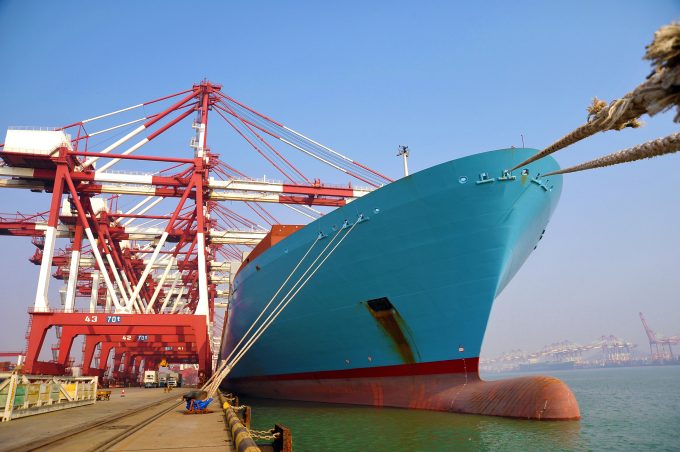Tighter EU import requirements proving 'a challenge' for forwarders
“Stricter Customs regulations” from the EU’s ICS2 will see “stricter enforcement”, Hapag-Lloyd has warned, and ...

To coincide with the delivery of the first of a series of eleven 20,568 teu second-generation Triple-E vessels, Maersk Line has clarified its fleet strategy.
The carrier said it needed the new capacity to achieve its growth target after its head-haul utilisation level hit an average 93% last year.
The Madrid Maersk, now the biggest (by capacity) containership afloat, commenced its maiden voyage from Tianjin, China, on 27 April on the 2M alliance Asia-North Europe service.
The Danish carrier said the ultra-large container vessel (ULCV) marked ...
'Disastrous' DSV-Schenker merger would 'disrupt European haulage market'
New senior management for DSV as it readies for DB Schenker takeover
Volumes set to 'fall off a cliff' as US firms hit the brakes on sourcing and bookings
Asian exporters scramble for ships and boxes to beat 90-day tariff pause
Amazon pushes into LTL for small package fulfilment and UPS does a u-turn
Temporary tariff relief brings on early transpacific peak season
Pre-tariff rush of goods from US to China sees air rates soar, but not for long
Forwarders 'allowing the fox into the chicken run' by supporting 'hungry' carriers

Comment on this article